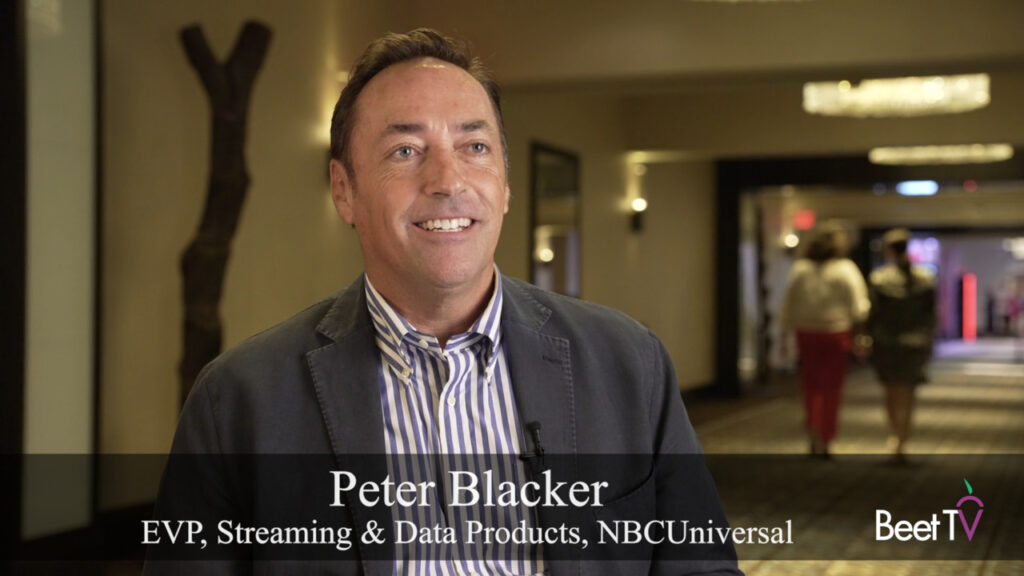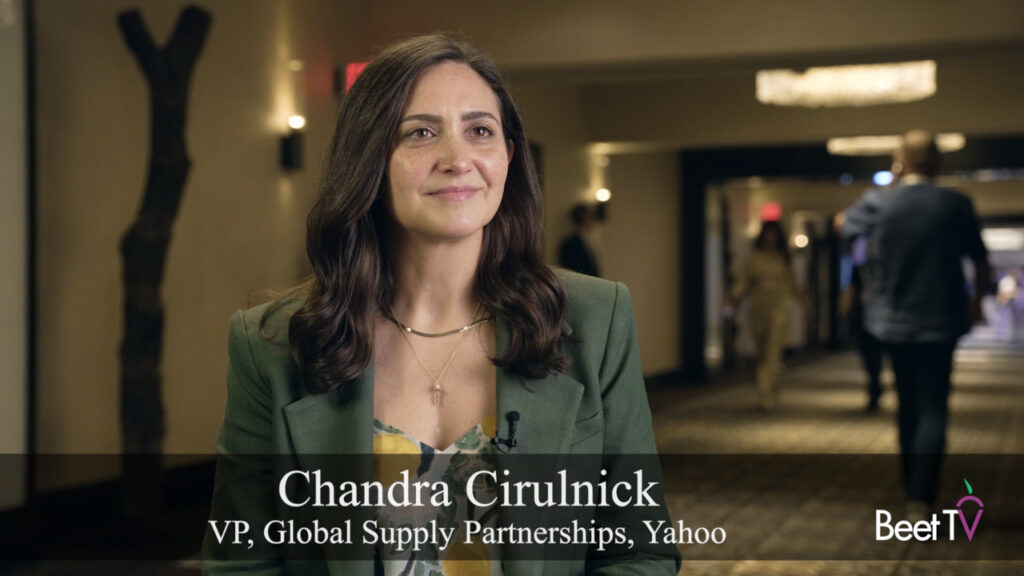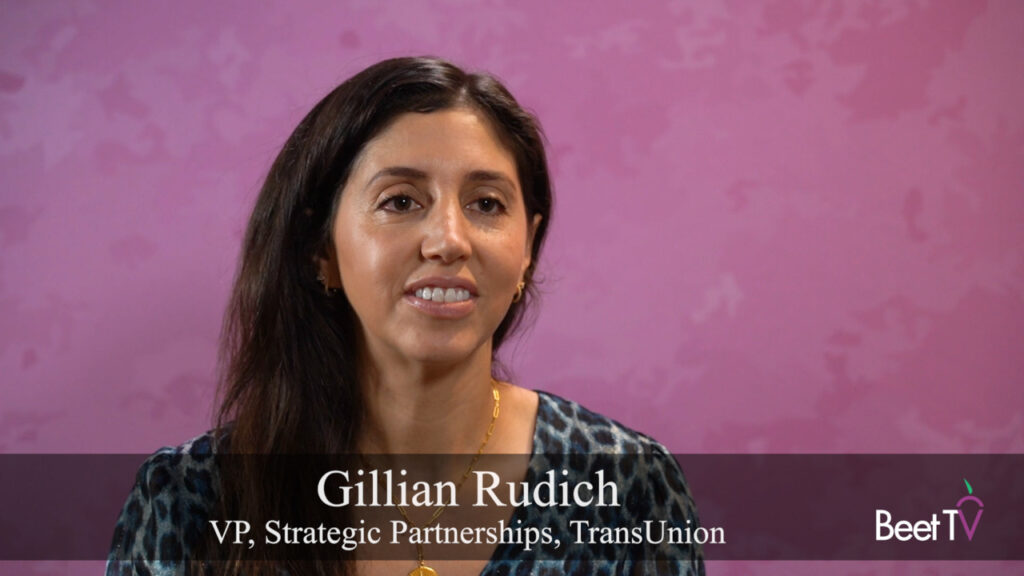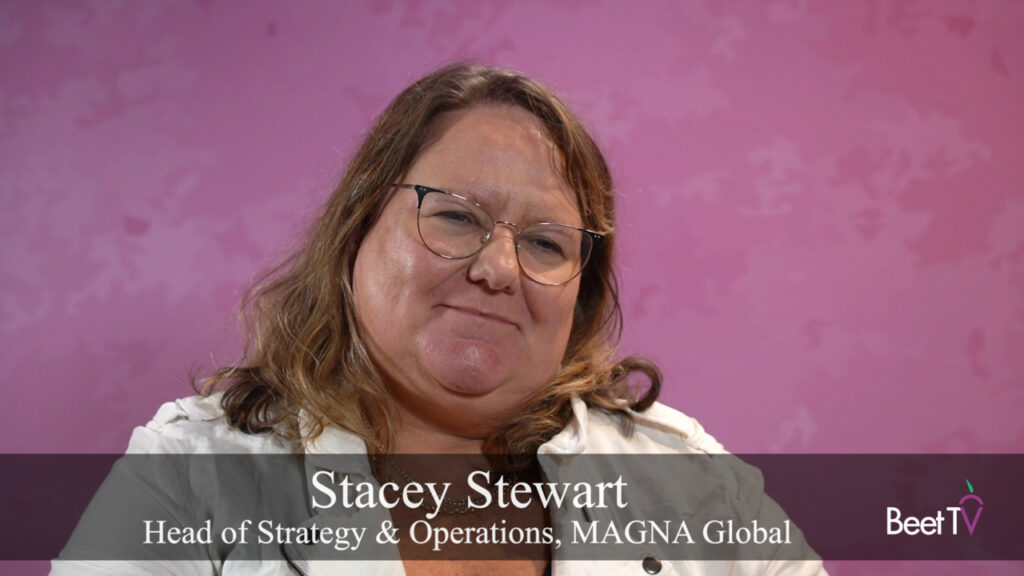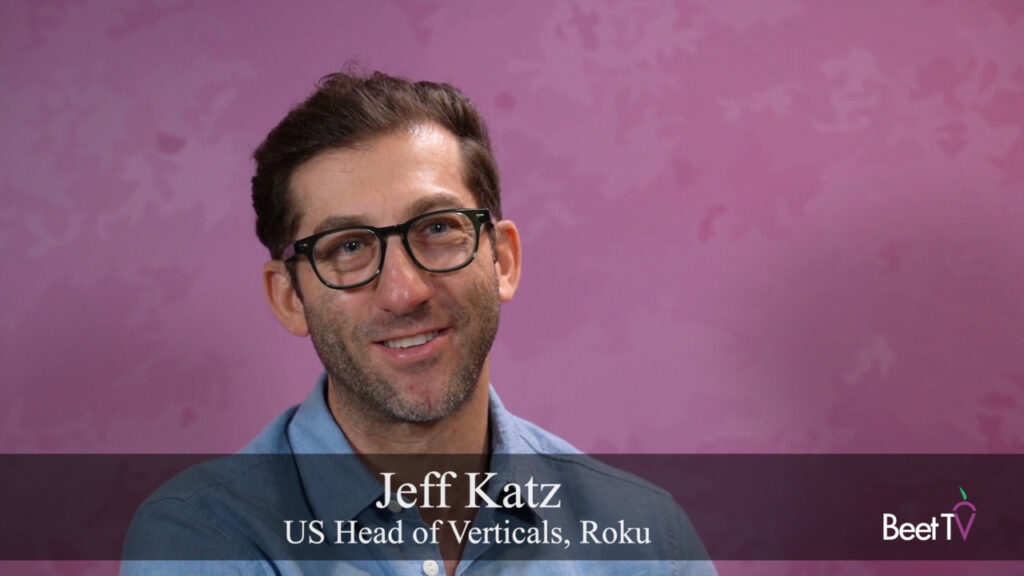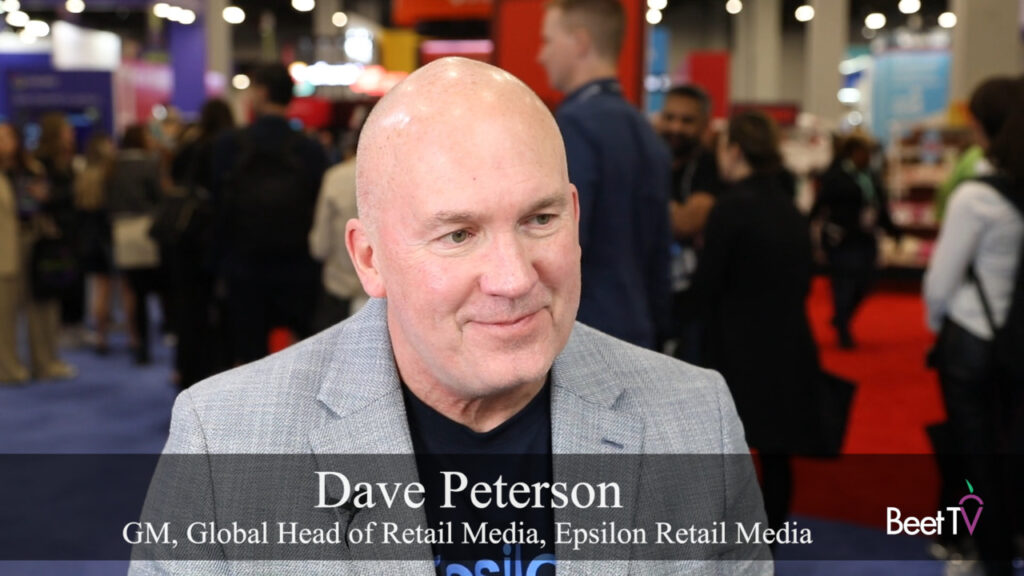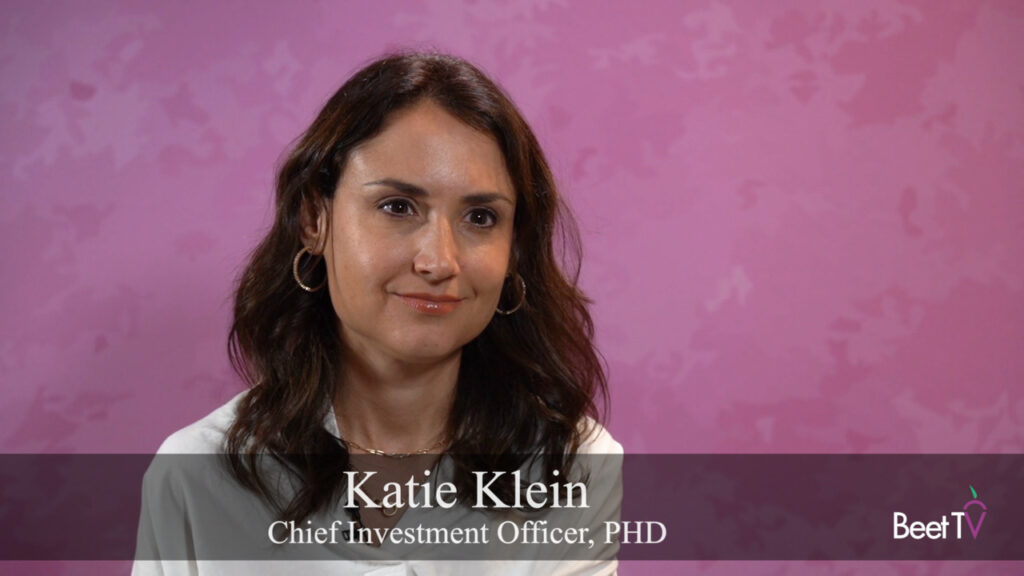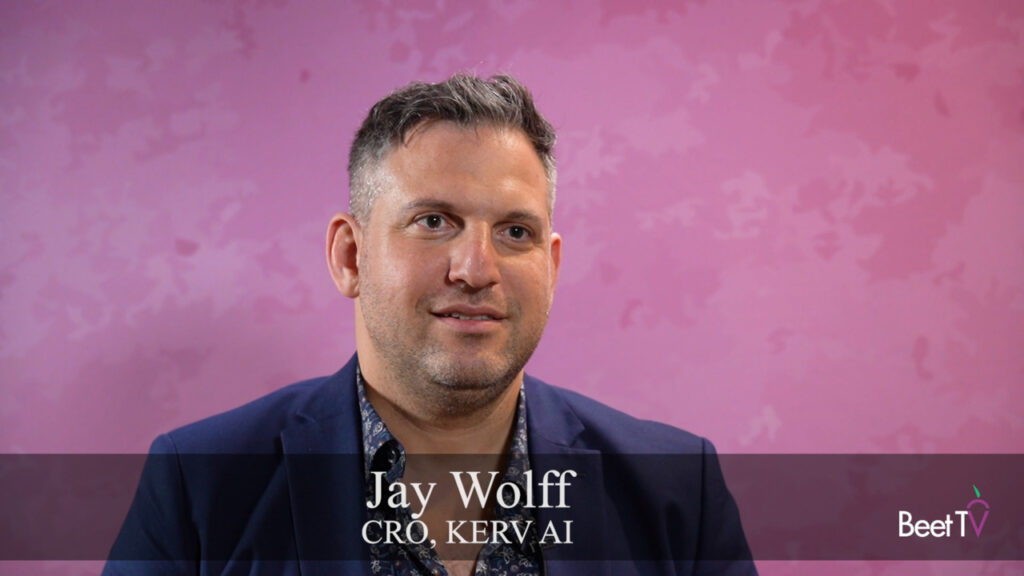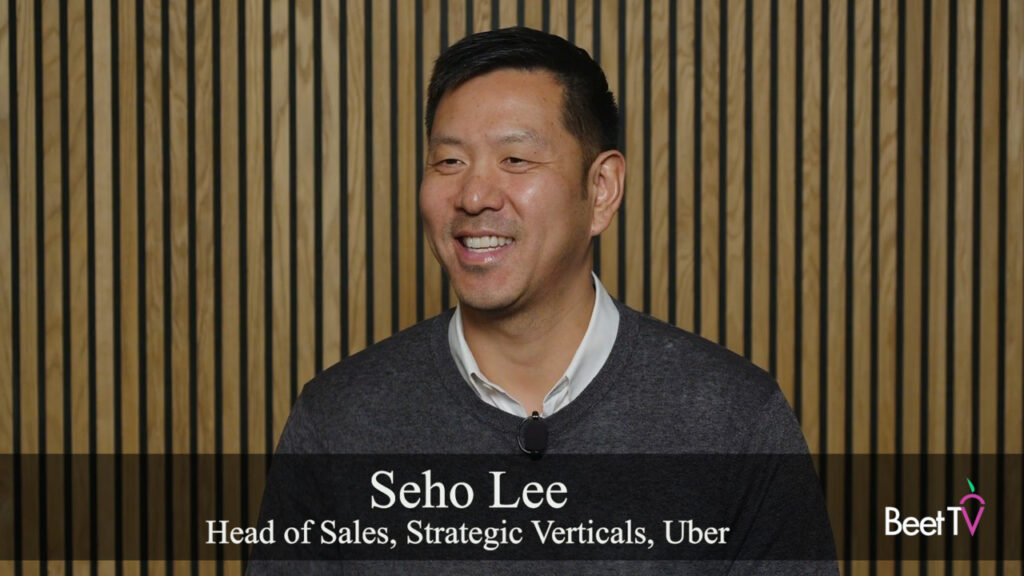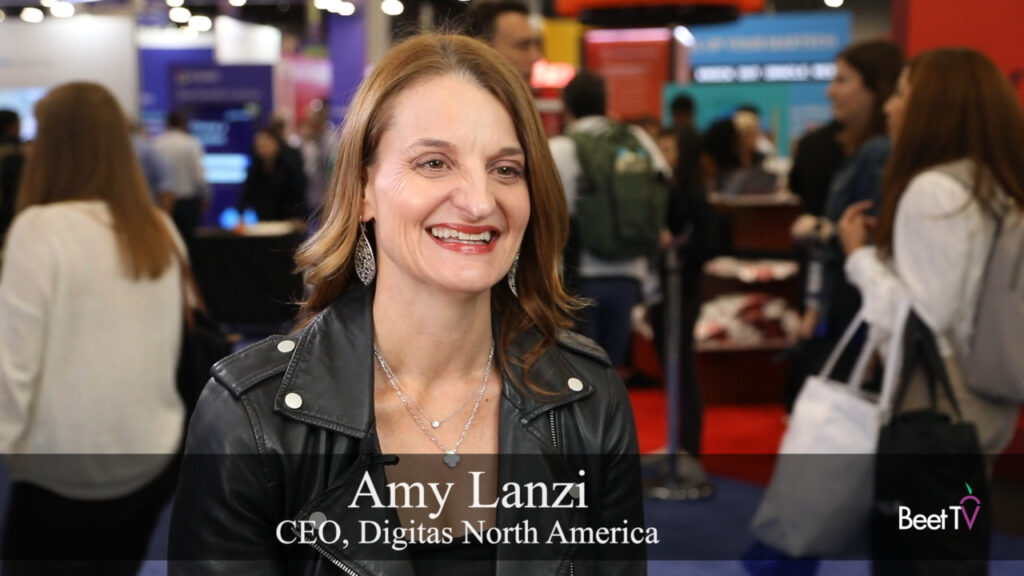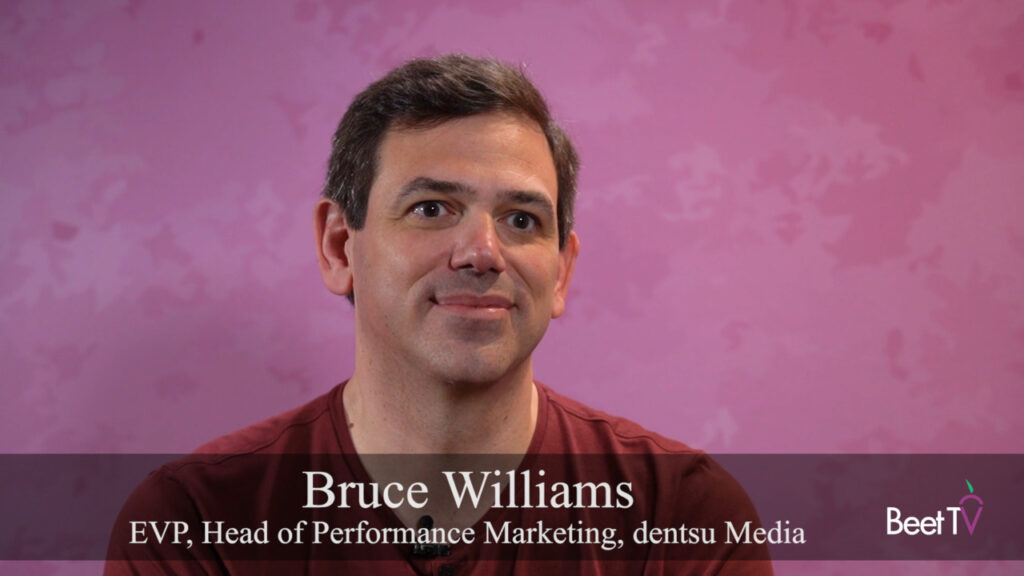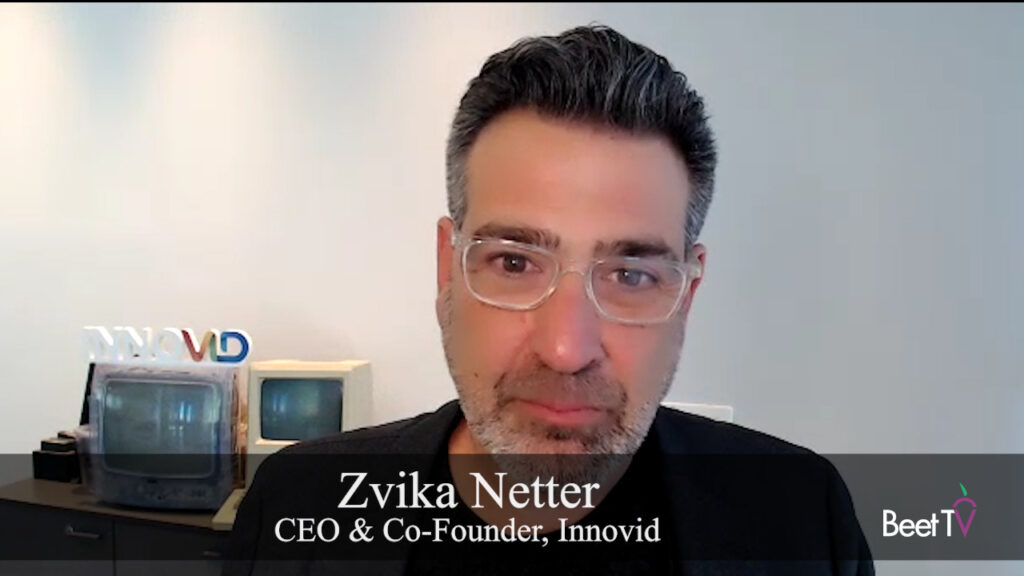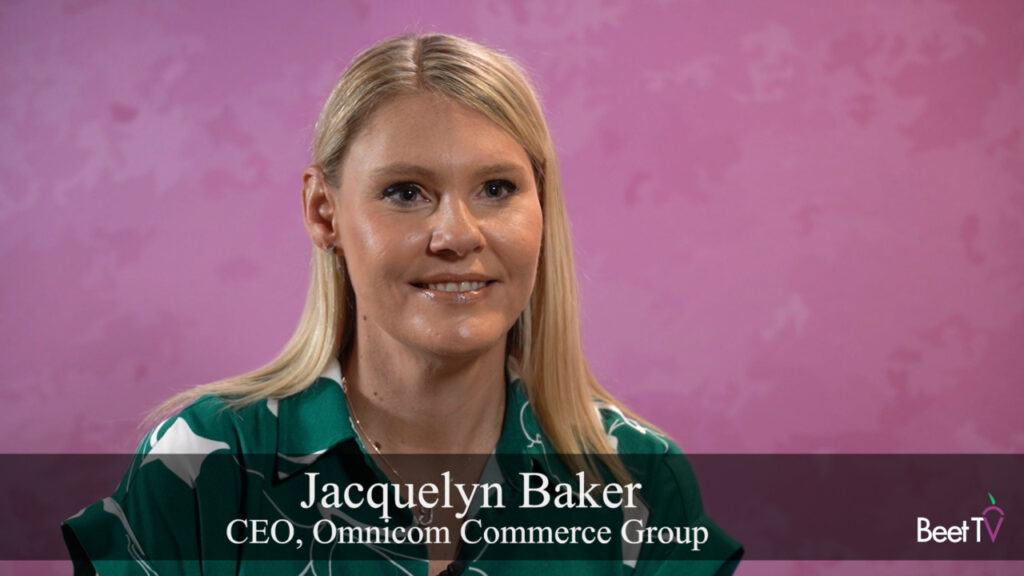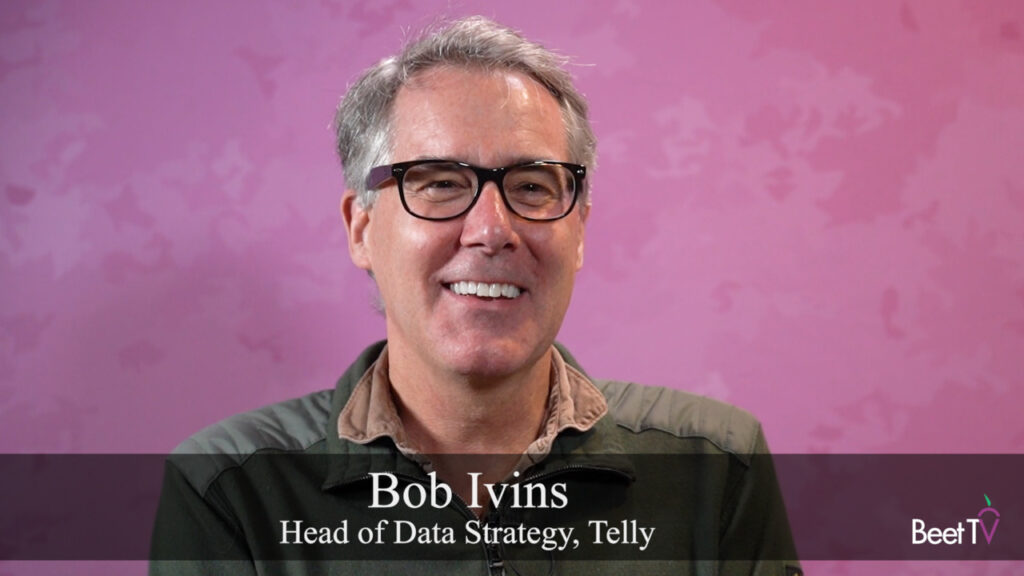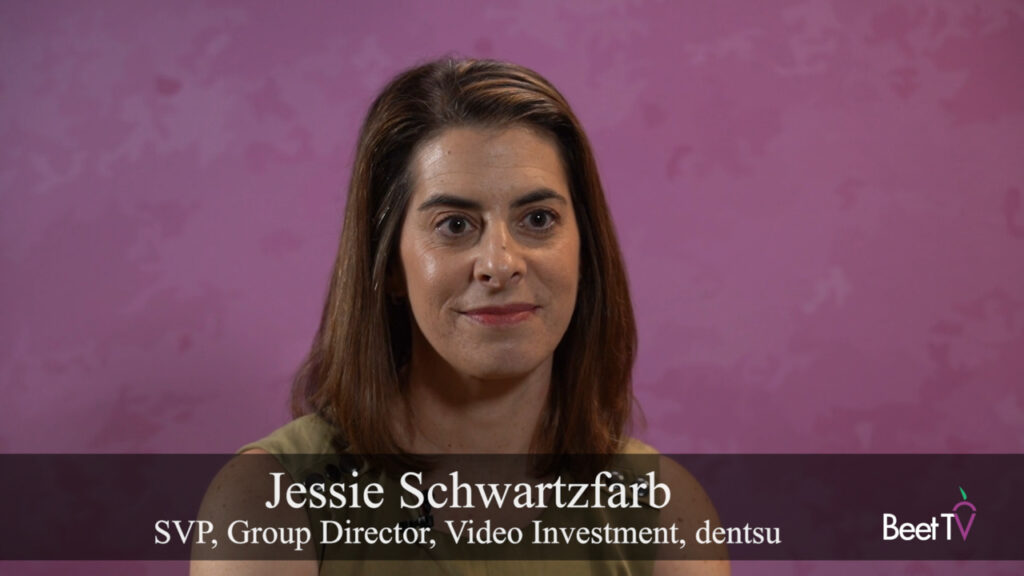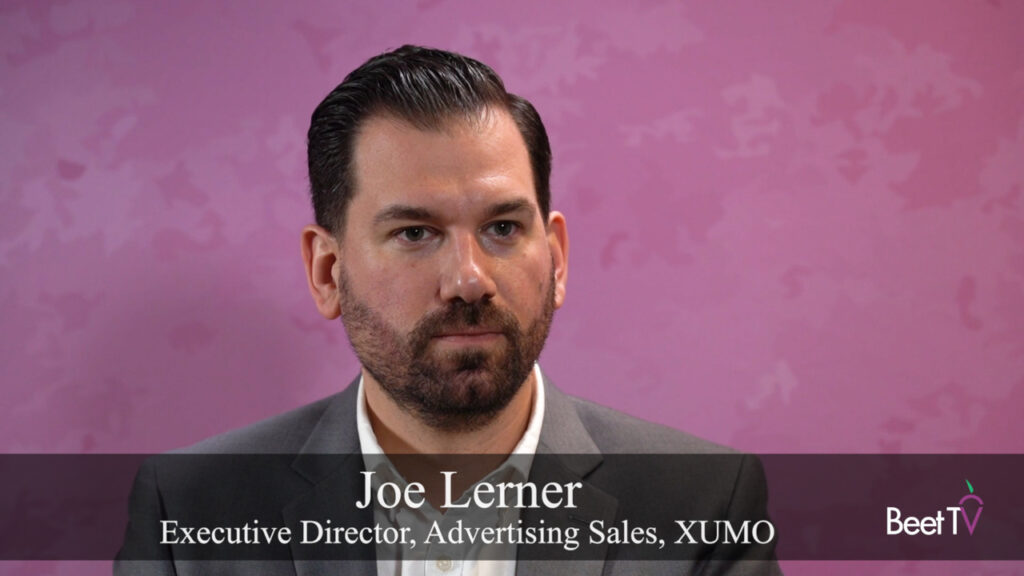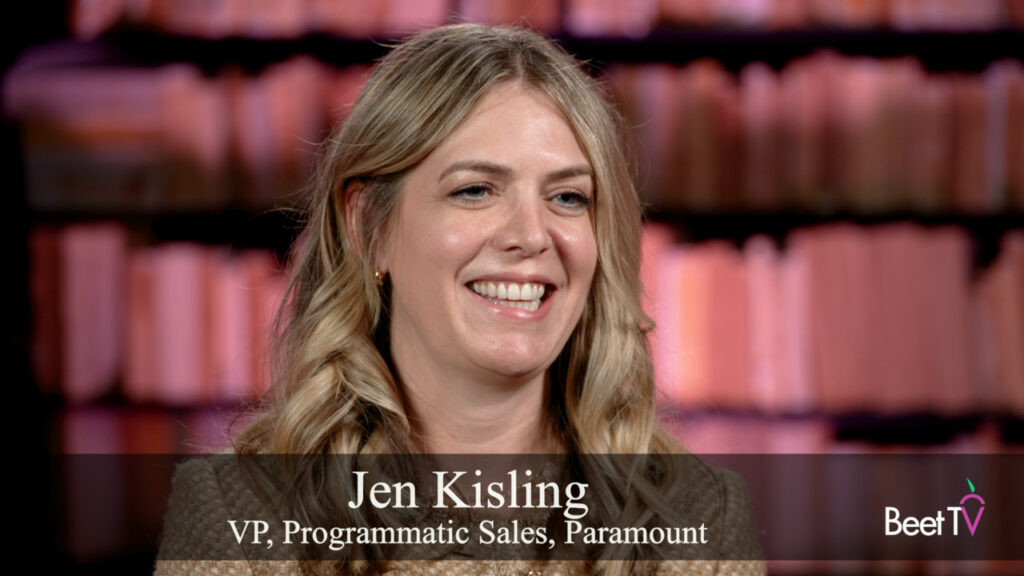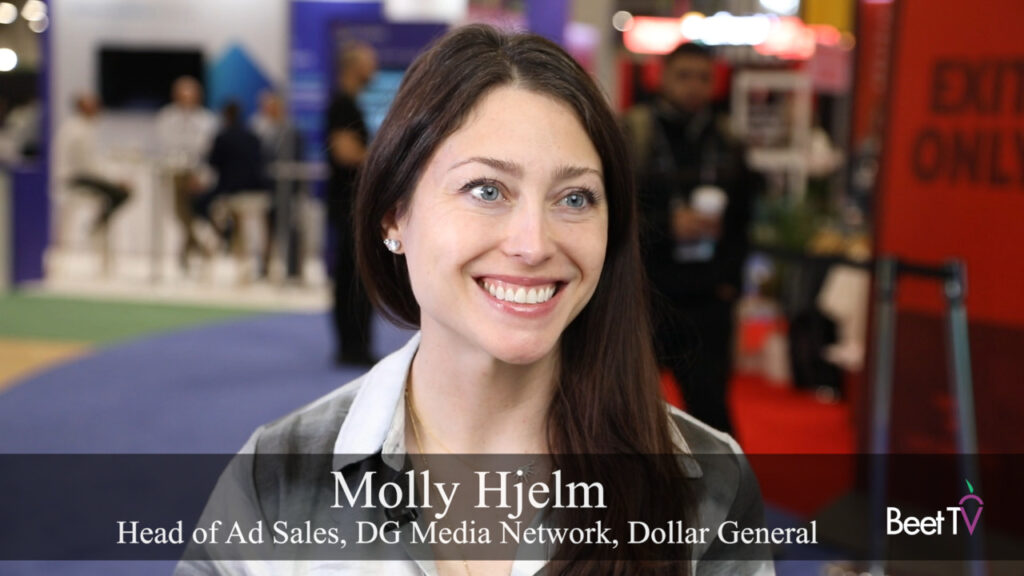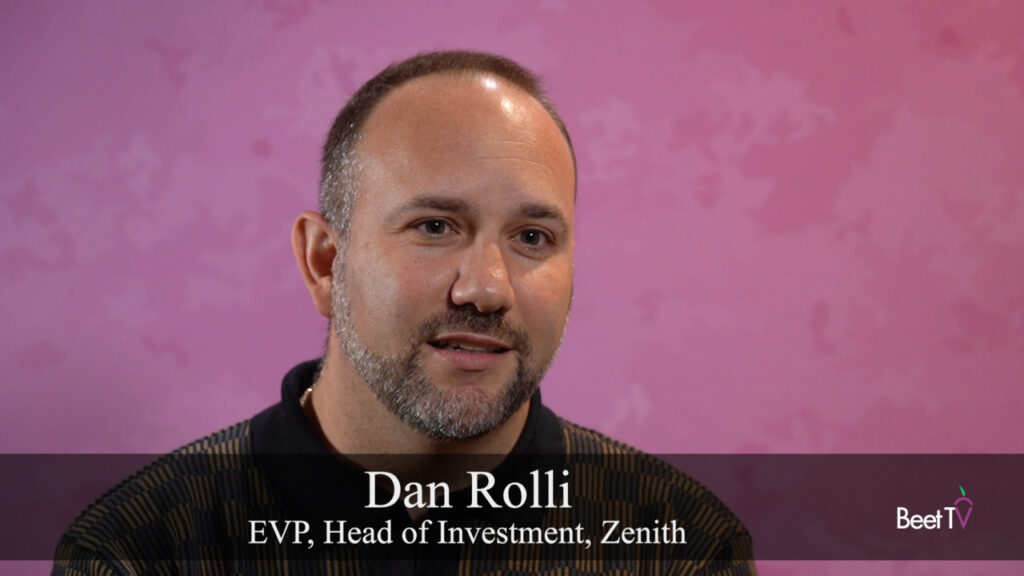LONDON — Contextual ad targeting is emerging as an antidote to the narrowing playing field for ad targeting technologies – but what if “context” is not what you think?
GDPR, CCPA, the deprecation of third-party cookies and new limits placed on certain mobile ad identifiers are sunsetting the age of audience hyper-targeting.
Now many people are pinning their hopes on contextual ad targeting – a practice through which ads would target against content, rather than people.
But, in this video interview with Beet.TV, Peter Mason, the co-founder of Illuma Technology, says contextual targeting is closer to audience targeting than many people realize.
Context overcomes cookies
“Contextual obviously overcomes the challenges that are coming into the industry,” Mason says.
“(But think of) context as (identifying) the momentary content consumption of an audience, as opposed to the historical content consumption of an audience, where you store that information on an identifier.
“Really, context is just the real-time part of that same user journey.”
Context with a twist
What tech companies today call “contextual targeting”, in some ways, has similarities with the traditional way ad targeting was done before digital – that is, adjacency to distinct kinds of content.
Of course, tech-enabled contextual targeting can go deeper than that, both using machine learning to divine granular descriptors of that content against which to buy and plugging into buying platforms to help advertisers do so automatically rather than manually.
Mason’s Illuma is one of the companies using AI to enable contextual ad targeting – but with a different spin, he says, called “moment targeting”.
“We use machine learning to learn in campaigns or using live signals from a campaign to isolate contexts that are driving the best engagement – effectively creating the right ‘contextual moment’ for that particular campaign,” Mason explains.
“And then we build a recommendation engine that basically allows you to perpetually change your contextual targeting in near real-time to capitalise on these fleeting user behaviours .”
Proof of the pudding
Those audiences are available as segments inside demand-side platforms (DSPs) like Xandr’s Invest.
“You buy an audience and that is your audience for that campaign,” Mason says. “And it will change very little during the campaign.
“We need DSPs that have that capability basically, to allow us to pass information dynamically into the segment so that traders can capitalise on these contextual behaviours.”
One advertiser, UK homeless charity Shelter, previously used Illuma through Xandr to get ads placed in pages which combined relevant content and audiences who were deemed to be most receptive, with the result of increasing donor levels.
You are watching Where We Go From Here: The Lessons and Opportunities of 2020, a Beet.TV series presented by Xandr. For more videos, please visit this page.


























